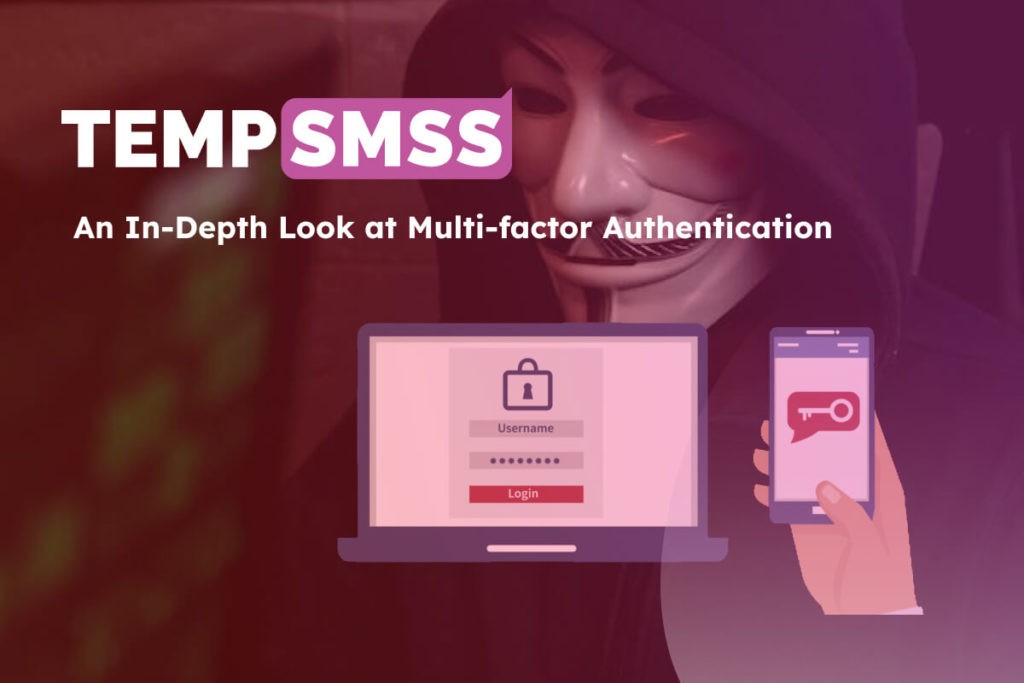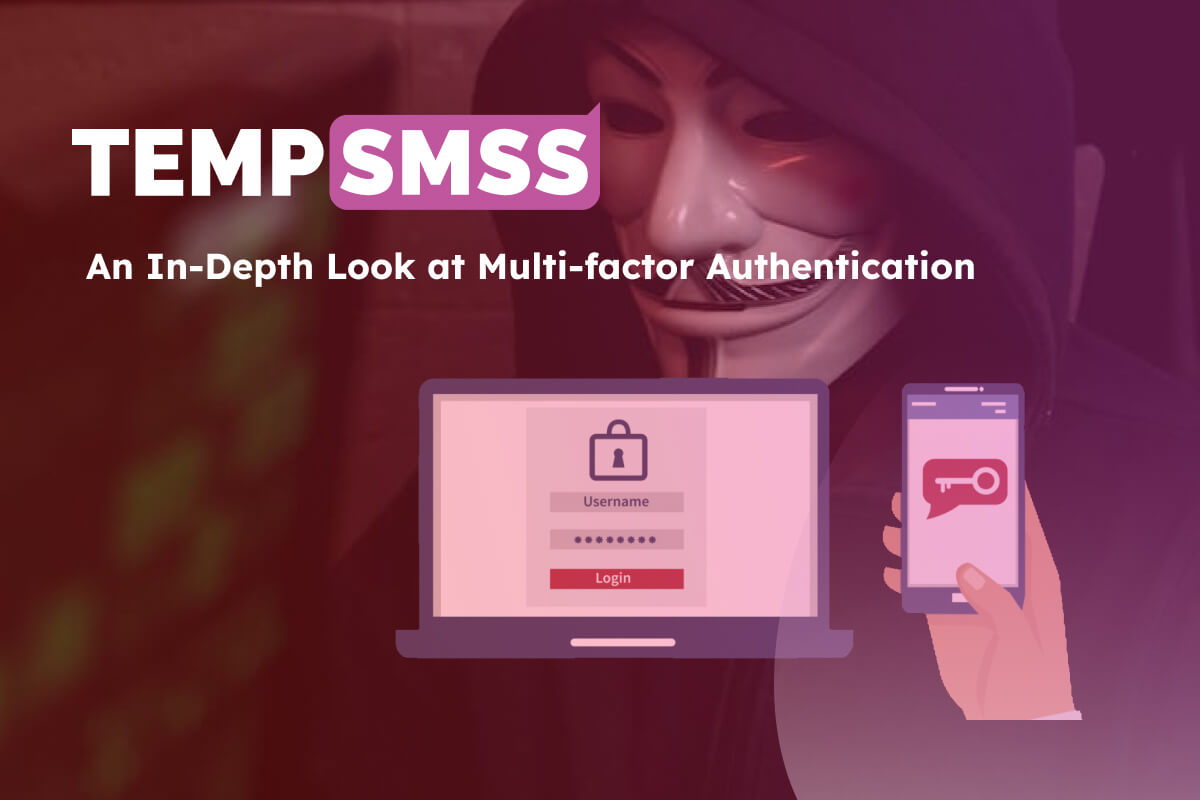Wstęp
A. Definicja uwierzytelniania wieloskładnikowego:
W dzisiejszym cyfrowym świecie bezpieczeństwo w Internecie jest ważniejsze niż kiedykolwiek. Wraz ze wzrostem liczby naruszeń danych i ataków cybernetycznych niezwykle istotne jest podjęcie niezbędnych kroków w celu ochrony danych osobowych. Jednym z najskuteczniejszych sposobów na osiągnięcie tego jest użycie uwierzytelnianie wieloskładnikowe (MSZ).
B. Znaczenie uwierzytelniania wieloskładnikowego w dzisiejszym cyfrowym świecie
MFA to metoda potwierdzania tożsamości użytkownika poprzez wykorzystanie dwóch lub więcej niezależnych czynników uwierzytelniających. Oznacza to, że oprócz hasła użytkownik musi podać także drugą formę weryfikacji, taką jak token bezpieczeństwa lub odcisk palca. Dzięki zastosowaniu wielu form uwierzytelniania MFA znacznie zwiększa bezpieczeństwo kont internetowych i pomaga zapobiegać nieautoryzowanemu dostępowi.
C. Przegląd różnych typów metod uwierzytelniania wieloskładnikowego
Na tempsss, rozumiemy znaczenie bezpieczeństwa w Internecie i wdrożyliśmy MFA dla naszych użytkowników. W tym poście na blogu omówimy różne rodzaje pomocy makrofinansowej oraz ich względne mocne i słabe strony, a także najlepsze praktyki dotyczące ustanawiania pomocy makrofinansowej oraz przykłady jej pomyślnego wdrożenia.
Rodzaje uwierzytelniania wieloskładnikowego
MFA można podzielić na trzy główne kategorie: coś, co znasz, coś, co masz i coś, czym jesteś.
Coś, co wiesz, odnosi się do uwierzytelniania opartego na wiedzy, na przykład hasła lub osobistego numeru identyfikacyjnego (PIN). Jest to najczęstsza forma uwierzytelniania i często jest używana jako pierwszy krok w procesie MFA. Jednak hasła można łatwo złamać w wyniku włamań lub inżynierii społecznej, co czyni je mniej bezpiecznymi niż inne formy uwierzytelniania.
Coś, co posiadasz, odnosi się do uwierzytelniania opartego na posiadaniu, takiego jak token bezpieczeństwa lub karta inteligentna. Te formy uwierzytelniania wykorzystują urządzenie fizyczne, takie jak brelok do kluczy lub smartfon, w celu wygenerowania jednorazowego kodu, który należy wprowadzić oprócz hasła. Zwiększa to znacznie bezpieczeństwo kont online, ponieważ urządzenie fizyczne musi znajdować się w posiadaniu użytkownika, aby mógł on uzyskać dostęp do konta.
Coś, czym jesteś, odnosi się do uwierzytelniania biometrycznego, takiego jak odcisk palca lub rozpoznawanie twarzy. Ta forma uwierzytelniania wykorzystuje unikalne cechy fizyczne, takie jak odciski palców lub rysy twarzy, w celu potwierdzenia tożsamości użytkownika. Uwierzytelnianie biometryczne uważane jest za jedną z najbezpieczniejszych form uwierzytelniania, ponieważ trudno je odtworzyć lub ukraść.
Wdrażanie uwierzytelniania wieloskładnikowego
Wdrożenie usługi MFA może wydawać się trudne, ale jest niezbędne do ochrony kont internetowych. Istnieje kilka najlepszych rozwiązań dotyczących konfigurowania usługi MFA, które mogą ułatwić ten proces.
Przede wszystkim ważne jest stosowanie różnych metod uwierzytelniania. Oznacza to użycie kombinacji czegoś, co znasz, czegoś, co masz i czegoś, czym jesteś. To znacznie zwiększa bezpieczeństwo Twoich kont online i pomaga zapobiegać nieautoryzowanemu dostępowi.
Ważne jest również, aby używać silnych haseł i regularnie je aktualizować. Hasła powinny mieć co najmniej 12 znaków i zawierać kombinację liter, cyfr i znaków specjalnych. Unikaj umieszczania w hasłach informacji łatwych do odgadnięcia, takich jak imię i nazwisko czy data urodzenia.
Inną najlepszą praktyką jest włączanie uwierzytelniania dwuskładnikowego (2FA), gdy tylko jest to możliwe. 2FA to forma MFA, która wymaga od użytkownika podania dwóch form uwierzytelnienia, takich jak hasło i token zabezpieczający. Znacząco zwiększa to bezpieczeństwo kont internetowych i jest prostym i skutecznym sposobem na wdrożenie MFA.
Przykłady uwierzytelniania wieloskładnikowego w działaniu
Udowodniono, że usługa MFA jest skuteczną metodą ochrony kont internetowych przed nieautoryzowanym dostępem. Istnieje kilka przykładów udanego wdrożenia usługi MFA, np. Google i Facebook, które wymagają od użytkowników podania hasła i tokena zabezpieczającego w celu uzyskania dostępu do swoich kont.
Ponadto wiele instytucji finansowych wdrożyło usługę MFA dla bankowości internetowej. Pomaga to zapobiegać nieuprawnionemu dostępowi do wrażliwych informacji finansowych i może znacznie zmniejszyć ryzyko oszustw finansowych.
Innym przykładem działania MSZ jest branża opieki zdrowotnej. Elektroniczna dokumentacja medyczna (EMR) zawiera wrażliwe dane osobowe, dlatego niezwykle ważna jest ochrona tych informacji przed nieuprawnionym dostępem. Wdrażając MFA, świadczeniodawcy mogą zapewnić, że tylko upoważnione osoby będą miały dostęp do EMR.

Nie mniej ważny
Uwierzytelnianie wieloskładnikowe jest niezbędnym narzędziem do ochrony danych osobowych i kont internetowych w dzisiejszym cyfrowym świecie. Wymagając wielu form uwierzytelniania, MFA znacznie zwiększa bezpieczeństwo kont online i pomaga zapobiegać nieautoryzowanemu dostępowi.
Trzy główne kategorie MFA – coś, co wiesz, coś, co masz i coś, czym jesteś – mają swoje mocne i słabe strony. Uwierzytelnianie oparte na wiedzy, takie jak hasło lub PIN, jest najpowszechniejszą formą uwierzytelniania, ale można je łatwo złamać. Uwierzytelnianie oparte na posiadaniu, takie jak token bezpieczeństwa lub karta inteligentna, zapewnia wyższy poziom bezpieczeństwa, ponieważ urządzenie fizyczne musi znajdować się w posiadaniu użytkownika. Uwierzytelnianie biometryczne, takie jak odcisk palca lub rozpoznawanie twarzy, jest uważane za najbezpieczniejszą formę uwierzytelniania, ponieważ jest trudne do odtworzenia lub kradzieży.
Wdrożenie usługi MFA może wydawać się trudne, ale jest niezbędne do ochrony kont internetowych. Najlepsze praktyki dotyczące konfigurowania usługi MFA obejmują stosowanie różnych metod uwierzytelniania, silnych haseł i włączanie uwierzytelniania dwuskładnikowego, jeśli to możliwe.
Udowodniono, że usługa MFA jest skuteczną metodą ochrony kont internetowych przed nieautoryzowanym dostępem. Przykładami udanych wdrożeń MFA są Google, Facebook, instytucje finansowe i branża medyczna.
Rozumiemy znaczenie bezpieczeństwa w Internecie i wdrożyliśmy MFA dla naszych użytkowników. Staramy się zapewnić naszym użytkownikom najwyższy poziom bezpieczeństwa i zachęcamy wszystkich do podjęcia niezbędnych kroków w celu ochrony swoich danych osobowych poprzez wdrożenie MFA na wszystkich swoich kontach internetowych.
W przyszłości możemy spodziewać się, że bardziej zaawansowane formy MFA, takie jak uwierzytelnianie biometryczne, staną się bardziej powszechne i szerzej stosowane w branży. Dodatkowo wykorzystanie sztucznej inteligencji i uczenia maszynowego pomoże poprawić dokładność i niezawodność metod uwierzytelniania biometrycznego.
Podsumowując, uwierzytelnianie wieloskładnikowe jest kluczowym środkiem bezpieczeństwa w dzisiejszej erze cyfrowej i istotne jest, aby osoby i organizacje podjęły niezbędne kroki w celu wdrożenia usługi MFA w celu ochrony swoich danych osobowych i kont internetowych przed nieautoryzowanym dostępem.




